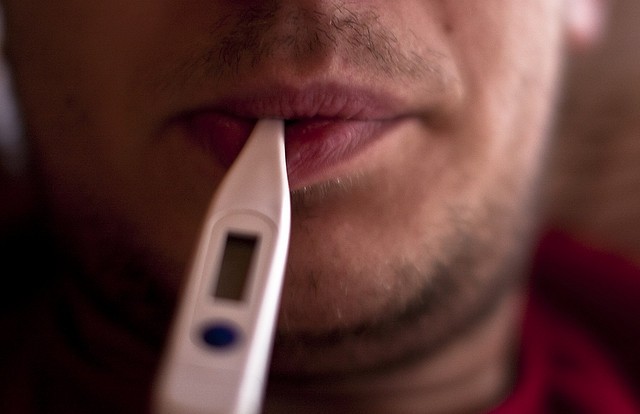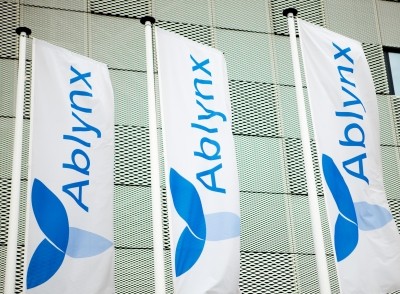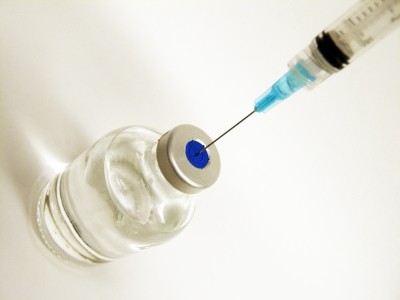Nanobodies could be better than mABs against norovirus

The virus responsible for most cases of viral gastroenteritis has been targeted by a new nanobody that can detect and destroy the norovirus in patients. Human norovirus is the most common cause of “stomach flu” but there are no specific treatments for infection other than rehydration and rest.
Scientists at the German Cancer Research Centre discovered a nanobody that binds to this highly infectious virus and is able to recognise different norovirus strains. Nanobodies are small single-chain molecules that are equivalent to a single variable region of an IgG antibody. They bind with high affinity and are very stable.
“We believe that Nano-85 binds to the Achilles heel in the norovirus particle,” explained virologist Dr Grant Hansman, senior author on the paper in the Journal of Virology (DOI:10.1128/JVI.03176-14). “We think we hit the capsid trigger region and can disassemble the particles upon Nano-85 binding.”
Pipeline
The time is working to get the nanobody to preclinical trial stage and are hopeful that it can become an important antiviral. Nanobodies are gaining momentum in antiviral treatments, Hansman adds. “They appear to be safe and several are in Phase II trials.”
In solution, Nano-85 was able to bind to a specific part of the norovirus-like particles (VLPs) known as the protruding domain. It recognised this domain – which sticks out like a spike – from a variety of strains.
“This site of vulnerability could be important for virus unfolding upon attachment and entry to cells, so there might be a biological function at this region. Considering that the Nano-85 binding site is occluded in the context of the particles, it would make sense for the virus to hide this region,” Hansman said.
Hansman believes Nano-85 will also work well as a diagnostic tool. “We are currently testing the Nano-85 with additional samples and formats in order to determine the best detection method,” he said. The researchers tested the nanobody on stool samples from patients infected with the virus. In this context, Nano-85 was able to detect virus in one-third of the samples already known to be positive for noroviral RNA.
Early detection of the infection is vital, since transmission is easy and outbreaks often occur if undiagnosed, especially if infected food handlers continue to work. Also, asymptomatic infections are common, leading to additional transmissions.
The route of administration is something the researchers still need to work out. “But, it might be given as a prophylactic drug to those infected – possibly reducing the severity of the symptoms by reducing virus replication. It may also work as a drug that could stop transmission in an outbreak situation,” says Hansman.
If Nano-85 is indeed causing intact particles to disassemble, this could be a very promising lead in developing norovirus antiviral therapy. This could be especially beneficial to immunosuppressed individuals such as cancer patients.










